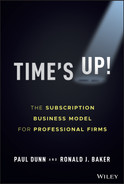3
Time‐Driven Sucks … Impact‐Driven Matters
I well remember meeting Ron for the first time at a seminar I was presenting to the Californian State CPA Society in San Francisco in 1996. As Ron mentioned earlier, it was April 30 that year (and yes, we still celebrate that anniversary).
Ron was sitting in the middle of the room on an aisle right of center.
And at one point, it was almost as if he was cheering me on in a room of otherwise furrowed brows as I got very passionate about what I saw then (and still do) as the indefensible practice of keeping timesheets and charging things based on time.
When the session ended, Ron enthusiastically introduced himself (thank goodness). “My mission,” he said, “is to bury the billable hour. I want it inscribed on my tombstone that that is precisely what I achieved in my life.”
Now, just 26 years later, Ron can consider it largely done.
He's championed that cause so well. And it's done. He of course claims it's not just him … but it is. No one has so eloquently buried the billable hour as Ron.
All of us who have played a small part in it acknowledge that. Ron really is a giant. As Sir Isaac Newton put it in 1675: “If I have seen further, it is by standing on the shoulders of giants.” Thank goodness Ron has broad shoulders, too.
And we all acknowledge that being time‐driven sucks. In a March 2022 piece reporting on Gravity, CEO Dan Price, put it very simply like this:
Give employees what they need to do a job well; then, focus on outcomes, not hours. Because an employee should be rewarded for doing their work well. Not for taking more time to do it. (Bariso 2022)
It's so obvious and almost basic, isn't it?
IMPACT‐DRIVEN PURPOSE
Being impact‐driven takes you way beyond basic. It gives you and your team the potential to soar.
That's because, despite what you've just read in the previous chapter, being purpose‐driven is not the end point. It's the beginning of an even more important journey—the journey toward being impact‐driven.
Significantly, the phrase social impact is being searched for more and more—at last count 17,000 hits in LinkedIn's job tab as just one example.
And firms are increasingly expected to speak out on social issues. There are, of course, no surprises there. Public concerns mount over the pandemic, climate change, labor rights, racial justice, diversity, and so on.
We're seeing job titles change—chief purpose officer titles (yes, there are already such titles in, for example, the so‐called Big 4 accounting firms) are now changing to become CIOs—chief impact officers. And some famous names are lining up for those jobs. Prince Harry is now the CIO of BetterUp, Lil Nas X became CIO of Taco Bell, and John Legend styles himself CIO at his NFT company, OurSong.
Perhaps more “impactfully” (no pun intended), we're seeing more and more companies and firms joining in movements like BCorp Certification, www.bcorporation.net and/or membership of organizations like B1G1, Business for Good, www.b1g1.com.
At the time of writing, BCorp is rapidly approaching 5,000 member organizations and B1G1 is sprinting past 3,000. Significantly, many professional knowledge firms—particularly legal and accounting firms—are members of both groups.
And we like what you find writ large on the BCorp site: “We won't stop until all business is a force for good.”
And, like B1G1, as you'll see in this grab from the BCorp website, they're serious about it, too.
Notice that the website doesn't just tell you what is required for certification. It tells you how companies benefit from it.
To understand why all of this is happening—and why it's happening now—let's take a quick look at the trajectory to go deeper. We'll start from 2009.
In that year, Simon Sinek burst onto the scene (and is still doing precisely that) with his Start with Why book and his October 2009 TEDx talk. It is now the third‐most watched TED talk of all time (57 million people had watched it as of March 2022).
And in the early 2000s, this quote (incorrectly attributed to Mark Twain) went viral in various ways: “The two most important days of your life are the day you're born and the day you find out why.”
Since then, purpose has become one of the most used terms in business. More than 500 books have been written on it, and there are thousands of articles touting the wisdom of “finding your purpose.” For example, Rick Warren's 2002 book The Purpose‐Driven Life became a bestseller, eventually selling 50 million copies in 85 languages. Company owners and leaders have extensive retreats to “find our purpose.”
And then they (largely) struggle to articulate it or overly think it so that the resulting document is something that hangs on walls in toilets in an endeavor to make the document (or perhaps more accurately, the spirit of the document) ubiquitous.
And therein is the challenge—in spite of the data in the Monitor Deloitte report (and many similar reports), for many, purpose can and does become just a set of words.
FROM STANDARD TO STANDOUT
As important as words are, in the end it's the doing that matters, not the writing. And that leads us to adding impact‐driven on top of purpose‐led (Figure 3.1).
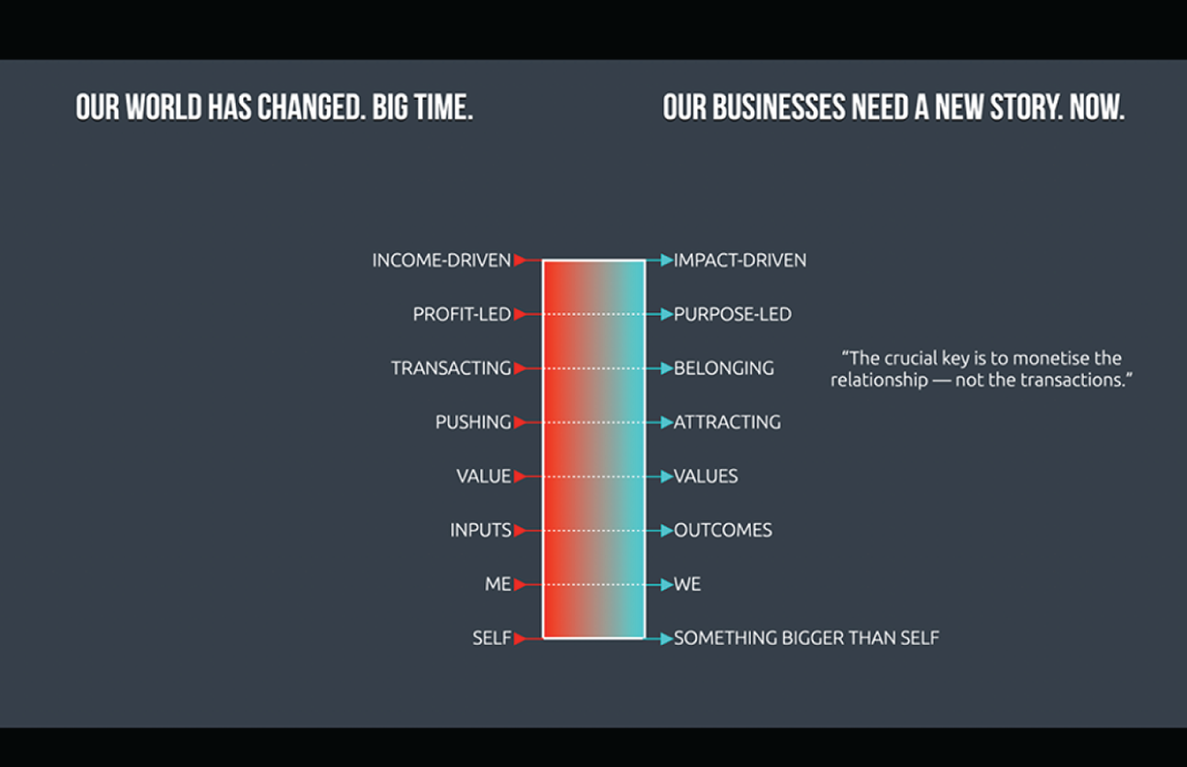
FIGURE 3.1 The shifts we need to make.
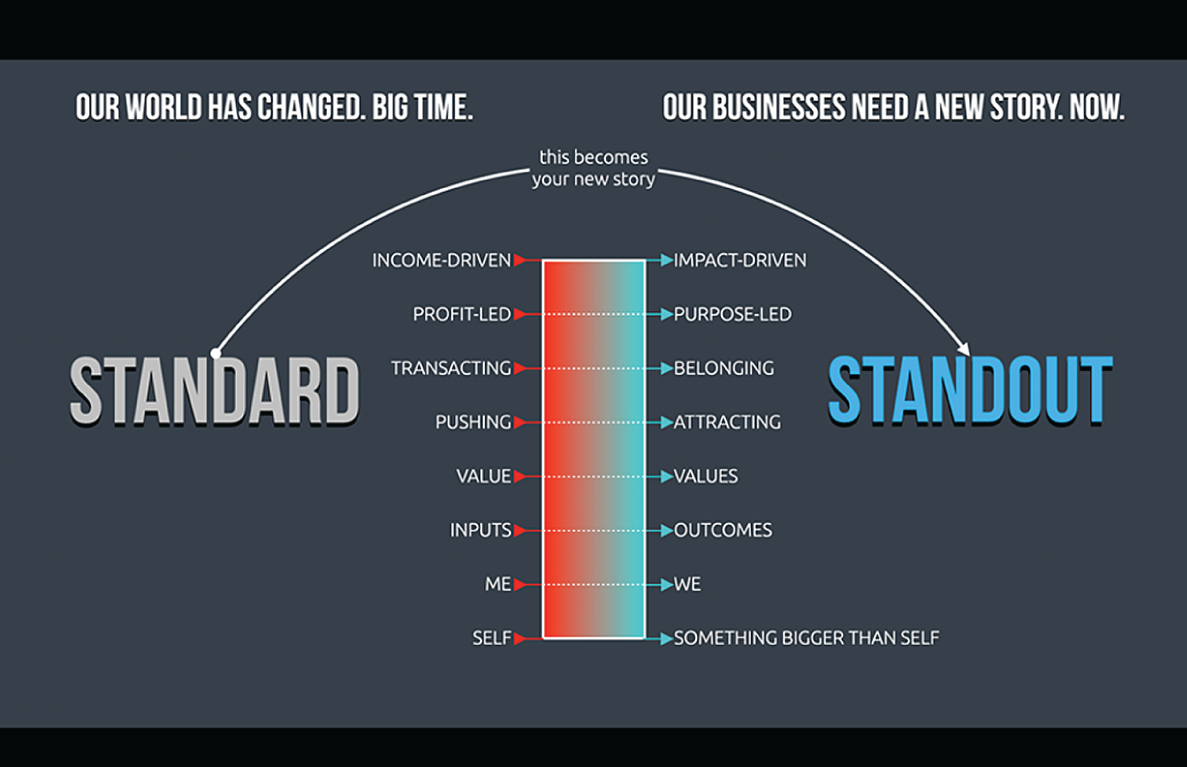
FIGURE 3.2 Moving from standard to standout.
Let's begin the process by referring again to the diagram we introduced in Chapter 2 (Figure 2.1).
When you look at the words alone, you can see the significant shift we're suggesting you make. The left‐hand side is essentially all about transacting, the right‐hand side is all about connecting or, as we've put it, belonging.
Let's look deeper. The left‐hand side is all about self, the right‐hand side, we'd suggest, is all about humanity.
When you take that further, you get to something more related to outcomes and position in the marketplace.
As you can see in Figure 3.2, we think of it as a move from standard (think ordinary) to standout (think outstanding).
And bearing in mind the starting point on the ladder (moving from “self” to “something bigger than self”) you get this rather useful alliteration in Figure 3.3.
The mere mention of standing for something bigger than yourself leads to the concept of mission.
Here are some example mission, positioning, or WHY statements (expressed in landing pages for accounting firms) that reflect what we're suggesting:
You may think the statement from Assured is overly long … . but it does get read! And it makes the point about “something bigger than us” really neatly:

FIGURE 3.3 Moving to standing for something bigger.
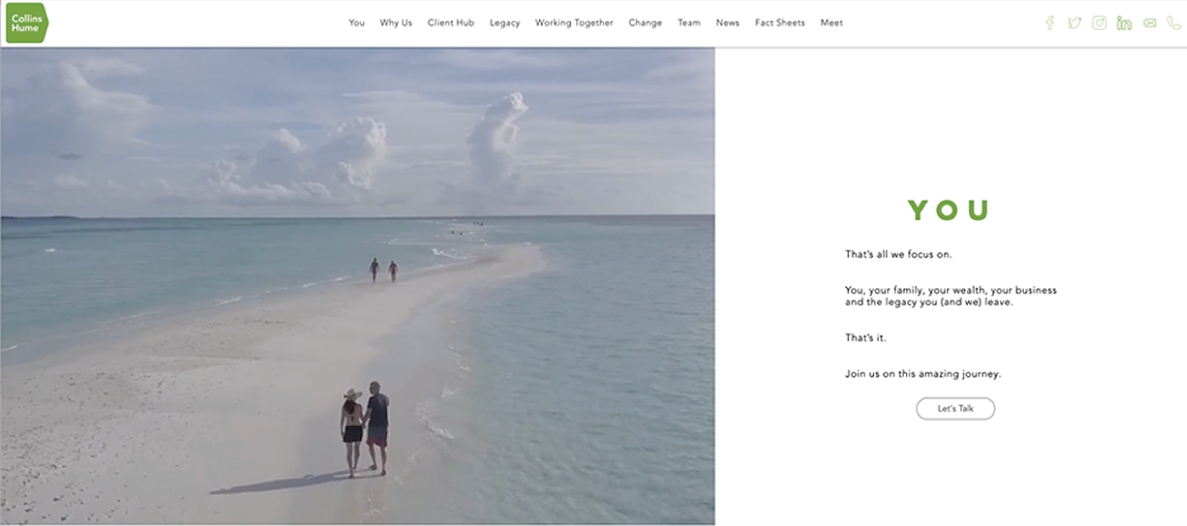
FIGURE 3.4 The website of an accounting firm in a town of 21,400 people — collinshume.com.
If you'd like to see a really simple expression of what we're getting at here, just click through to this site—it says what they stand for very well: www.collinshume.com. To save you a click, what you'll see is Figure 3.4.
It has the interesting (and in our view, totally correct) twist on story.
“You.
That's all we focus on.
You, you're family your wealth, your business and the legacy you (and we) leave.
That's it.
Join us on this amazing journey.”
Note that this firm is based in a community of just 21,400 people. Yet they work globally. And right now, there's a waiting list to join them!
They perfectly capture the point we made earlier about story. And that's this: that your story is all about helping your customers create a much better story for them and then their customers in turn.
Now, it's highly possible that these examples may not express your feelings your way. And that's OK.
What we want you to see here is the common thread of “bigger than yourself.” And in the cases we've introduced you to so far, it's all about customer‐centered outcomes.
Here's one more example of that for you from Novus Global. As you'll see from its website (https://novus.global) they focus very firmly on potential and on impact.
Following Tamsin Wooley‐Barker's beautiful point about potential, let's look at that first. Here's how Novus express it:
Most coaching firms help you get what you want. We help you explore what you're capable of. We work with teams and individuals—from Fortune 500 executives to professional artists, athletes, and more—all of whom consider themselves high‐performing. We strategically partner to elevate their thinking, actions, and culture to move beyond high‐performance into what we call Meta Performance™. We have a proven track record of success with world‐class leaders who are now seeing results they never imagined reaching for before.
We hope you noted that lovely potential line: “We help you explore what you're capable of.”
And then they back that up with a rolling information‐graphic that in static form on May 6, 2022, looked like Figure 3.5.
You can see where that's reached right now by going to the Novus Global website and scrolling down: www.novus.global.
It's great stuff. And notice that, because it's impact as opposed to simply “purpose,” it's measurable.
Because of that, it's possible to go even bigger—it's possible to amplify your impact significantly. You can go even bigger to community and even “world” outcomes.
And when you really get the magic of being impact‐driven and being able to actually measure those impacts, you can share them with your team and, what's perhaps even more important, you can share them with your customers in helping you (and them) achieve even more impacts … together.

FIGURE 3.5 Novus.global getting it right.
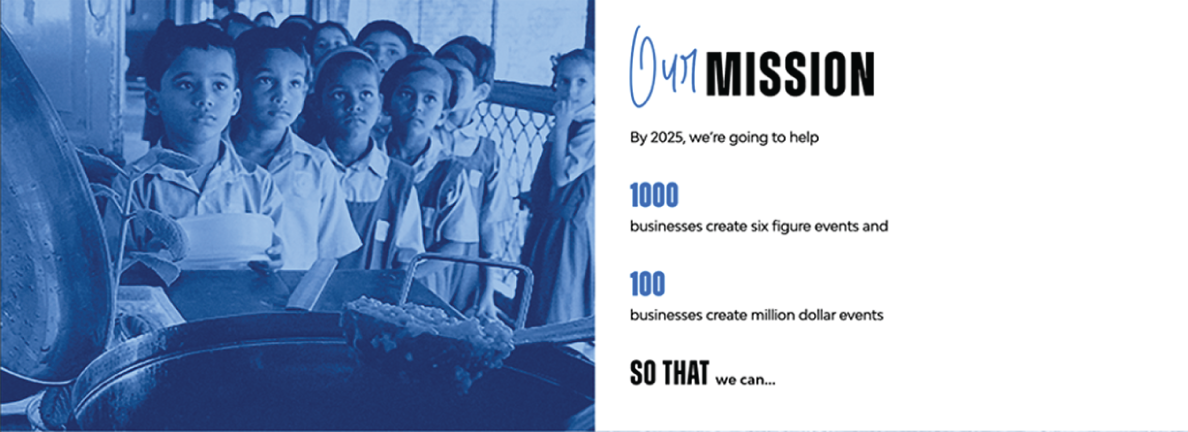
FIGURE 3.6 A stunning example of “standing for.”
Here's a great example of what we mean—going way beyond to community and world impact. Really going for something much bigger than yourself.
When you click on the OUR IMPACT tab of Master Coach and Event Producer Brody Lee's site (www.beyondimpact.com), you'll see the company's mission described numerically, as shown in Figure 3.6.
Clearly, the most important words there are these: SO THAT WE CAN …

FIGURE 3.7 This really is “bigger than self.”
Pause for a moment about how great those four words are: “We do this SO THAT WE CAN do some great things in our world too.” Categorically bigger than self, isn't it?
And as you scroll down (Figure 3.7), you'll see what that leads to
And then, as you scroll down farther, you see how well they're going with that—you'll see the map (Figure 3.8) with the location of the specific impacts being made and you'll see how that all relates to the Sustainable Development Goals (SDG).
Now I should pause at this moment because what you've just seen (the SDG or Global Goals numbers) may not be very familiar to you.
And I do that because of something that happened to me in 2018.
I was in Silicon Valley speaking at the San Jose Convention Center for a program with 5,236 attendees run by Intuit.
About 20 minutes into my session I showed the slide in Figure 3.9.
I asked the audience—mostly accountants in public practice—to raise their hands if they knew what “these” (meaning the global goals displayed on the slide) were.
Staggeringly, even though they were a very engaged audience at that point, only an approximate 4% raised their hands. (That perhaps illustrates the reality of what one of my colleagues told me afterwards. “Paul,” he said, “now you know that the SDGs were not developed by a bunch of great marketers!”)
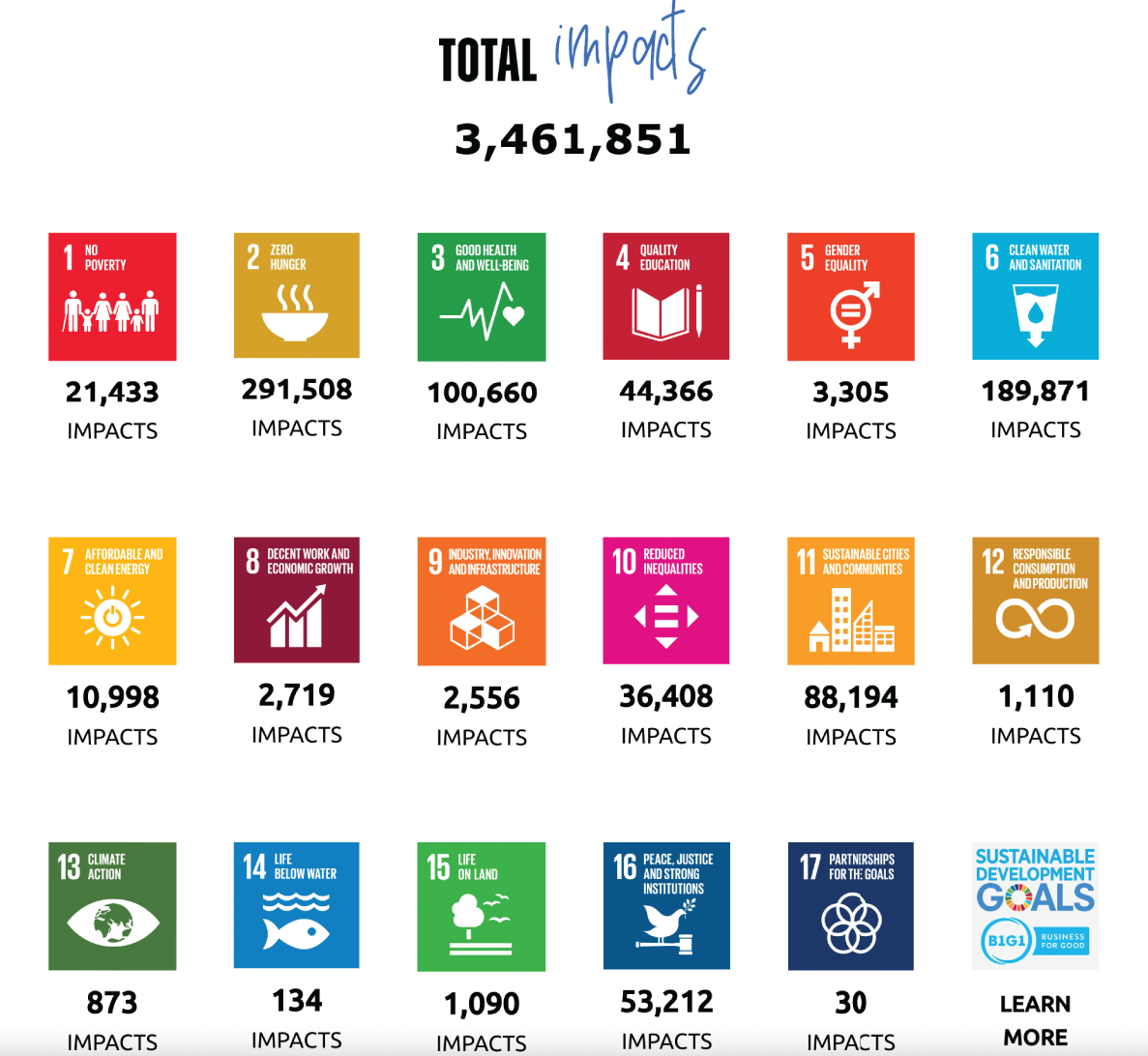
FIGURE 3.8 More great reporting on progress.
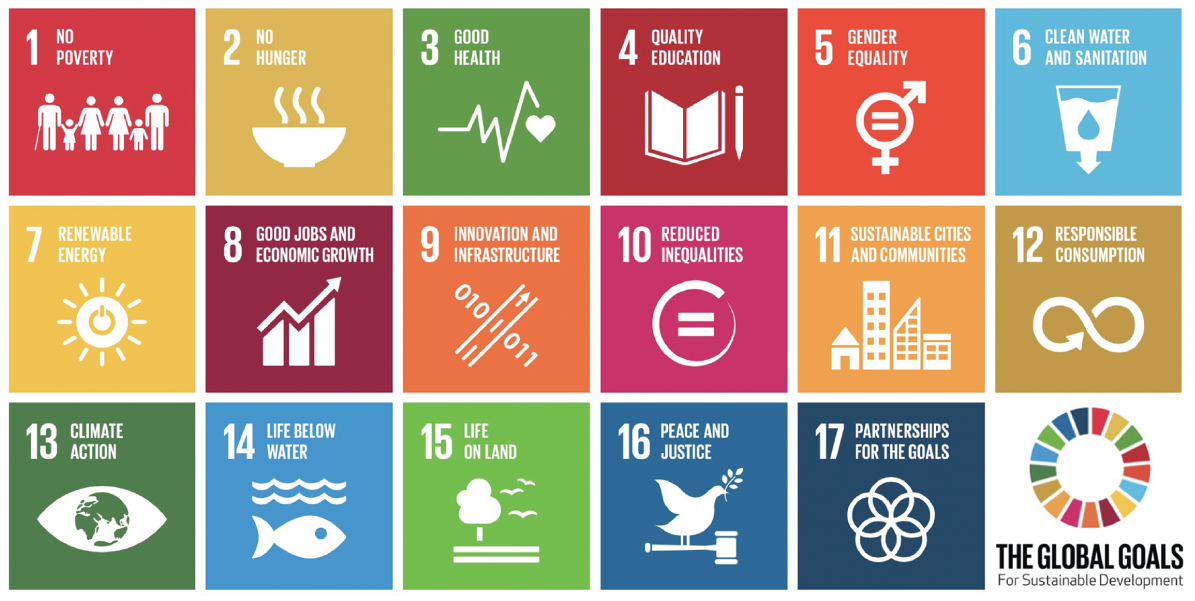
FIGURE 3.9 The Sustainable Development Goals.
So … . just in case you're not familiar with the goals, when you search for them on Wikipedia this is the opening paragraph:
The Sustainable Development Goals (SDGs) or Global Goals are a collection of 17 interlinked global goals designed to be a “blueprint to achieve a better and more sustainable future for all”. The SDGs were set up in 2015 by the United Nations General Assembly (UN‐GA) and are intended to be achieved by 2030. They are included in a UN‐GA Resolution called the 2030 Agenda or what is colloquially known as Agenda 2030. The SDGs were developed in the Post‐2015 Development Agenda as the future global development framework to succeed the Millennium Development Goals which ended in 2015. (Wikipedia n.d.)
In September 2015 when they were introduced, the then–secretary general opened the session with this never‐before heard opening at the UN, “Governments do not change our world.”
What followed culminated in this important sentence: “Businesses must become a force for good in our world.”
There's much more we could say (and much, much more you could search for) on these goals.
For an increasing number of companies around the world now, they serve as North Stars. And later on, we'll show you how you can make them yours, too.
To illustrate the depth (or perhaps we should say the impact) of what's going on here, let's revisit “belonging” again and bring into play a word that you frequently hear in marketing when people talk about customer loyalty.
In his 2021 book, Quantum Marketing: Mastering the New Marketing Mindset for Tomorrow’s Consumers, MasterCard Chief Marketing Officer, Raja Rajamannar makes us think differently about loyalty.
He begins that by referencing a study reported by the BBC, which found that 75% of men and 68% of women admitted to cheating at some point in a relationship.
Rajamannar points out if we can't expect people to be loyal when they know there'll be HUGE consequences for a lack of loyalty, how on earth can you expect them to be loyal to you when they're hit with many “come‐and‐join‐us” messages from your competitors every day?
He suggests that loyalty is a continuum with four layers (what he calls manifestations; see Figure 3.10).
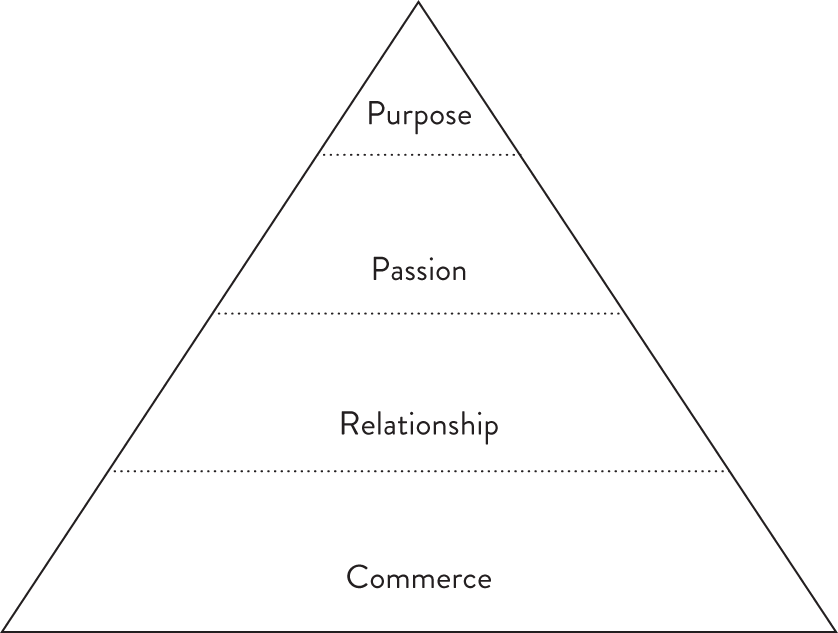
FIGURE 3.10 Raja Rajamannar's Purpose Triangle.
Raja has this to say about purpose: “This is the highest order of commitment. When customers can support a cause such as climate change, education, income equality or medical research they will do so with efforts that transcend any selfish motive or any expectation of something in return. They care about something deeply and they support it fully. And they remain committed to that cause or purpose.”
Again, “Purpose is the highest form of commitment.” We would add this to that, “Purpose as measured by the Impact being created is the highest form of commitment.”
However you say it, Raja's point remains—when your company has a “bigger than yourself” purpose that either matches that of your customer or inspires them, the chances of them staying loyal are significantly amplified and multiplied.
Speaking at the World Federation of Advertisers (WFA)'s Global Marketer Week (April 7, 2022), Raja added these thoughts:
It is critical that businesses are purpose driven, and profits will follow when brands pursue this passionately. We are leveraging the power of our network. We have 80 million merchants and 60,000 banks whose power we can bring to the table. This is a very significant effort.
Profits will follow when you really passionately go through the purpose. You want to follow your North Star, identify the right causes, and then actually pursue that.
And Raja is passionate about it. He concluded his remarks by adding that in his 36 years in the field of marketing, now is “by far the most exciting and inspiring moment.”
But let's pick up more on his point about leveraging the power of our network.
You've always had the power to do that, too. But the focus on transactions has limited that power. Your subscription model makes it even more powerful.
Think of it this way: in the absence of a strong commitment in their lives before subscribing to you, your customers can and will pick up on your purpose and be loyal to it. That's belonging to the max. Just reflect on it—you're not simply enriching their lives. Together you're enriching the lives of people you may not ever get to meet.
And even better than that, it's now possible to match your impact easily with that of the customer. We talk more about that in Chapter 7. In Chapter 4 we'll give you more on the outcomes—this time, the outcomes are for you.
